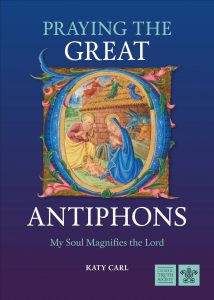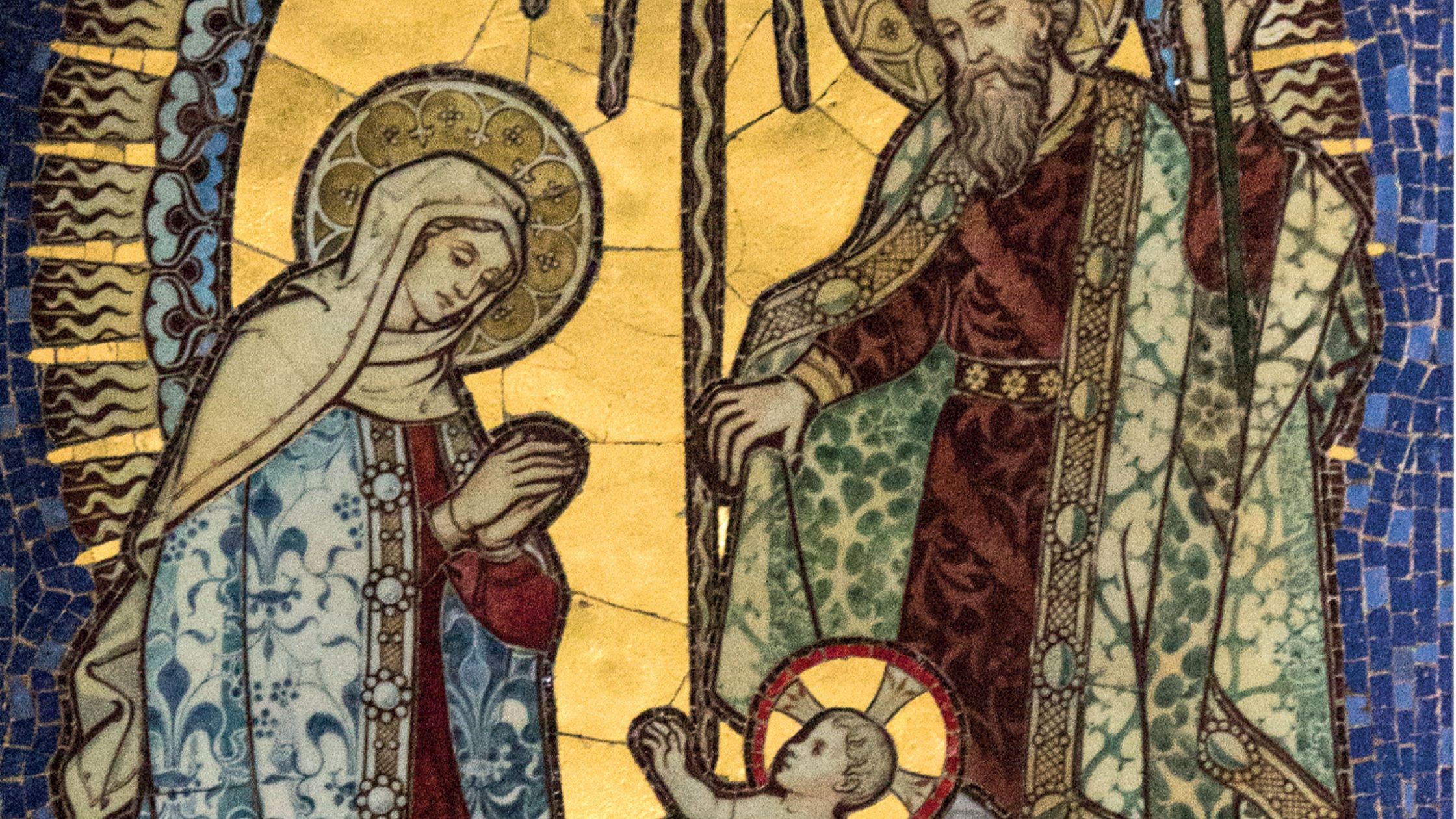What is an antiphon?
An antiphon is a refrain, or repeated line, in prayer or song. In Christian prayer, antiphons frame text from the Psalms. Antiphons work to focus the attention and draw out important themes in prayer. The antiphon changes according to the day and season. It is commonly heard at Mass and during the Liturgy of the Hours.
What are the O Antiphons?
These are seven short texts that the Church prays every year as the season of Advent draws to a close, between 17th and 23rd December. They are prayed in the Gospel Acclamation at Mass, and in the Magnificat Antiphon at Evening Prayer (Vespers).
17 December: O Sapienta (O Wisdom)
18 December: O Adonai (O Lord Most High)
19 December: O Radix Jesse (O Root of Jesse)
20 December: O Clavis David (O Key of David)
21 December: O Oriens (O Dayspring)
22 December: O Rex Gentium (O King of Nations)
23 December: O Emmanuel (O God with Us)
The “O” in these antiphons is vocative: from the Latin vocare, to call. Each individual text is a cry, an invocation, welling up from humanity’s desire for God. Each text, too, includes hints and glimmers of God’s desire for humanity. Each one calls upon God – most urgently upon Jesus, God the Son, the second person of the Holy Trinity – to draw closer to us, to guide us, to lead us, to save us.
Taken together, the O Antiphons tell a story of how God, taking action in history, in our lives, and at the end of time, does exactly what these prayers ask him to do: he comes to us, dwells with us, invites us into his own life, and sets us free. Starting in our existential response to the mystery of creation, and leading us through a recapitulation of salvation history, the antiphons culminate with the feast of Christmas, when Jesus answers our prayer by coming to earth as a baby boy; by living a full human life on earth; and finally by allowing himself to be handed over to death for our salvation, only to rise again.
If this were only a story, in the sense of myth, legend, or fairy tale, occurring in the liminal space of ‘once upon a time,’ we might say of it what Flannery O’Connor notoriously said of the Eucharist: “Well, if it’s only a symbol, to hell with it”. But as O’Connor knew well, the Eucharist is not only a symbol: it truly is the Body, Blood, Soul, and Divinity of God the Son, the second person of the Holy Trinity. And the story of the birth of Christ is not only a symbol, either. It is the Word of God, alive in us to the extent we are alive in Christ. It took place first in history, it was recorded in Scripture, and through the mystery of baptism it becomes embedded in each of our individual lives and circumstances. It plays itself out anew in human life again and again. Once our eyes are opened to it, we will begin to see it everywhere. The O Antiphons ask God to open our eyes to this mystery. As such, they are the kind of prayer that we need to pray much more than God needs to hear it from us. We pray these antiphons, we sing them, we call out in them, to acknowledge our insatiable need for God and our inexhaustible gratitude to God for meeting that need. They are the kind of prayer in which, if we call out to God and then listen closely, we can begin to hear God’s responding, and responsive, call to us.
How to pray with the O Antiphons
Prayerfully consider whether you might do one or more of the following:
- Add the O Antiphon before or after your usual morning or evening
- Add the text to your usual prayer when saying grace before the main meal of the
- Read the O Antiphon aloud when lighting your Advent wreath, if you use
- Practice Lectio Divina with the O Antiphon: find a quiet moment to sit alone with the Read it slowly, consider the meaning, and pay close attention to what the language is really saying. Read it again, and let the Holy Spirit speak to you in the words.
- Put up an image of the Nativity where you will see it often during your work, and take a moment between tasks to re-read the text of the day’s O Antiphon while looking at the image.
- Make your own poem, visual art, narrative, or other creative reflection in response to one or more of the O Antiphon
- Take this book with you into a Catholic chapel or church near your home or work, and simply spend a few moments enjoying the art and the prayers.
 This blog is extracted from our book Praying the Great O Antiphons. In the final days of Advent, the Church recites the Great O Antiphons at Vespers each evening. Katy Carl contemplates each of these antiphons, drawing on art, literature, and Sacred Scripture to show how they tell the story of Jesus Christ, the Babe of Bethlehem.
This blog is extracted from our book Praying the Great O Antiphons. In the final days of Advent, the Church recites the Great O Antiphons at Vespers each evening. Katy Carl contemplates each of these antiphons, drawing on art, literature, and Sacred Scripture to show how they tell the story of Jesus Christ, the Babe of Bethlehem.
To learn more about the O Antiphons, order your copy of Praying the Great O Antiphons today.
